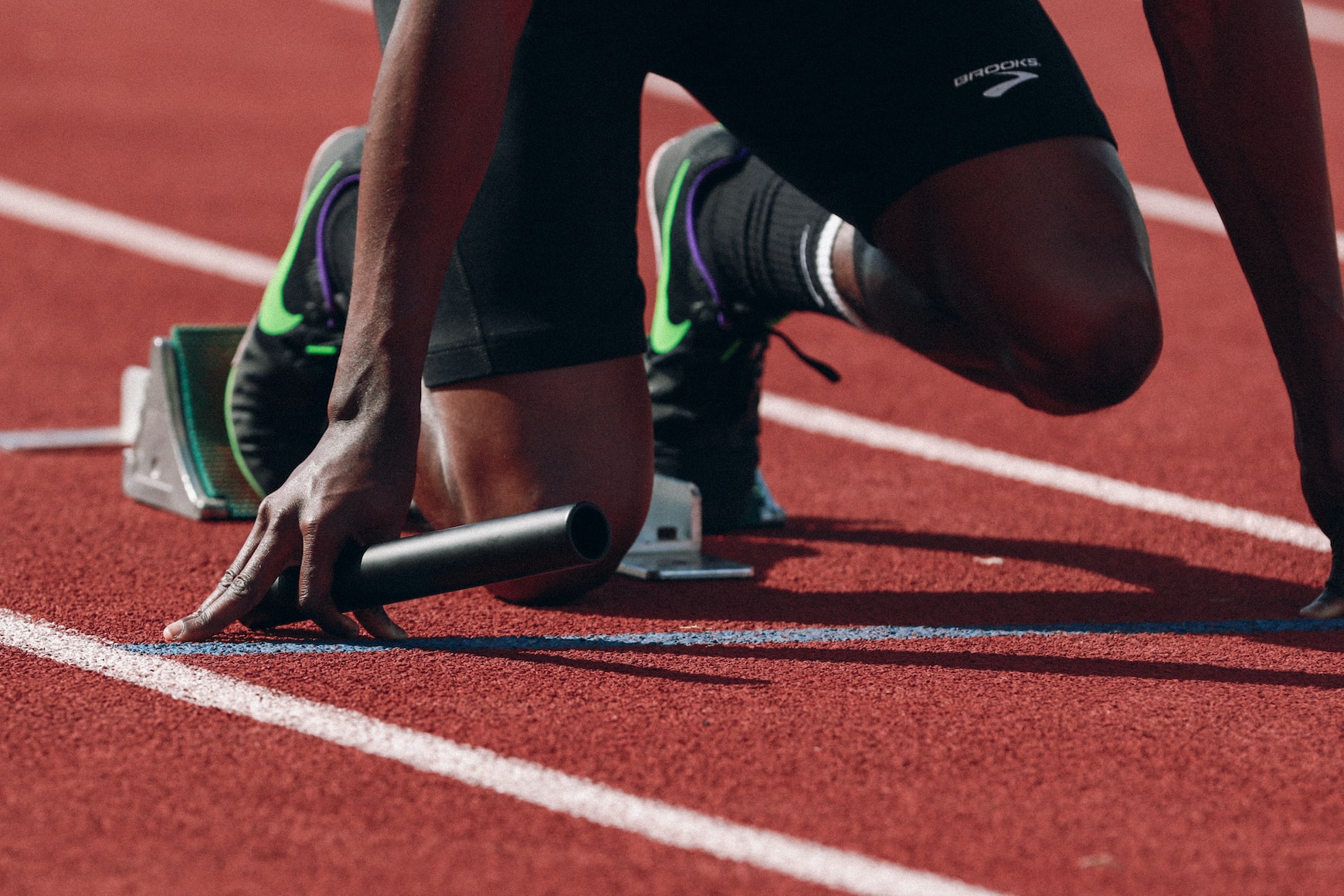The global sports industry is among the largest entertainment sectors in the modern world, with revenues thought to be worth around $700 billion. Certain sports can be found in evidence on every country on earth, with leading athletes and teams taking on mythic proportions for their fans.
Pinpointing the moment that humanity’s relationship with sports began is extremely challenging – just when did the first of our ancestors kick a ball between one another? And who among our lineage placed a wager on the outcome of a test of skill to set a precedent for those redeeming free bets today, such as those available through comparison platform OddsChecker, to back their favorites in leading tournaments?
Definitive answers to these questions are lost to the mists of time, but with the archaeological evidence we have we can put some rough dates on the emergence of different sports. Below we’re going to take a look at what can reasonably be thought of as being the oldest sports still enjoyed in some form today.
Football
Football, as we know it today, is typically thought to have emerged in England in the 1850s – though the world’s oldest confirmed football can be found in Stirling Castle. It is from the 16th century and was thought to have belonged to Mary Queen of Scots.
Antecedents to the game of football can be found the world over. The Mesoamerican ball game developed by the Olmec and then passed on to the Maya and Aztec is a well known example, though football’s governing body, FIFA, attributes the Chinese game of Ts’u-chü as being the earliest example of football we know of.
Described as a competitive game in which players must kick a ball into a net without any assistance from their hands, it demonstrates all the core elements of the modern game of football. Ts’u-chü is thought to date to at least the Warring States period, putting it as early as 475 BCE.
Horse Racing
Many forms of racing and athleticism have beginnings that are difficult to place. However, the emergence of horse-racing can be pinpointed with greater accuracy due to the fact that a prerequisite for racing was the domestication of horses, a process that is generally thought to have been underway by around 4000 BCE on the Eurasian steppe.
It’s not hard to imagine that this process was accompanied by the first races held by an emerging equestrian population. The horse revolutionized human travel, and was, up until the industrial revolution, the fastest mode of land transport available to humans.
Javelin
The realm of athletics serves up a number of sports that have deep roots, with many in evidence at the very first Olympic games, held in Ancient Greece in the year 776 BCE. Of those, Javelin may well be one of the oldest as its origins are clearly tied to hunting activities.
To find the earliest example of the javelin we may need to go all the way back to the archaeological evidence we have of throwing spears, which brings us to around 500 thousand years ago.
Running
It’s generally agreed upon that the sport exemplified by the likes of Eliud Kipchoge and Usain Bolt is the oldest that humanity has participated in. This is a reasonable supposition, as running is a natural activity and one that we even see animals engage in play around.
If we wanted to attempt to place a date on the point at which one of our ancestors began engaging in running races that we would recognize today, we must look for the point at which early hominids acquired the ability to run upright. While the earliest evidence of bipedalism in our family tree goes back over 4 million years, early standing hominids were not yet optimized for running.
To find the first true runners, we must turn to Homo Erectus, who, 2 million years ago, developed a gait, hip structure and muscular configuration to enable them to run for sustained periods – initiating what was perhaps the earliest sport ever played by man.
